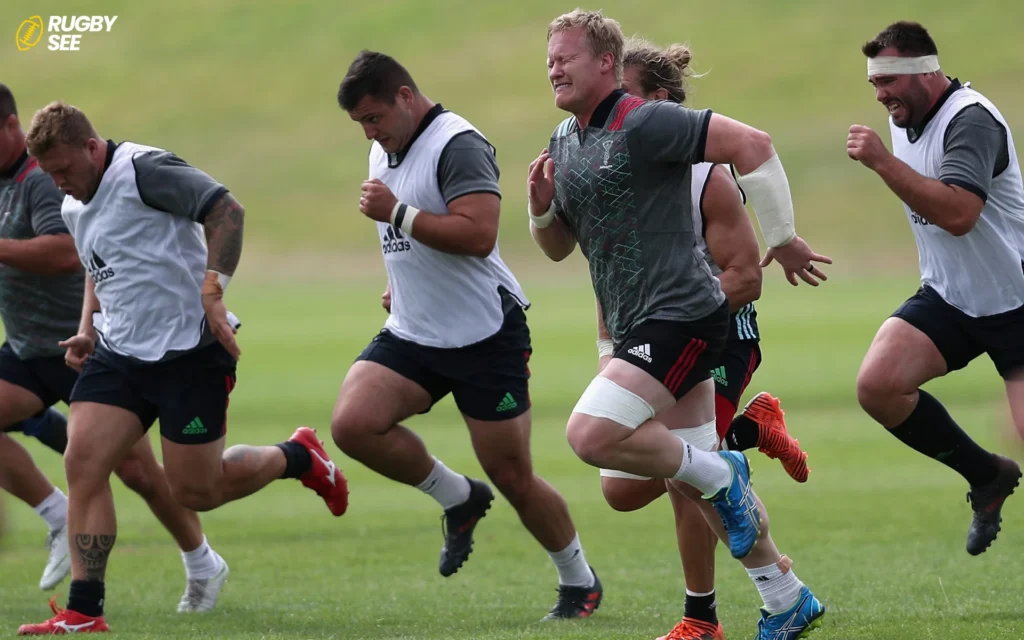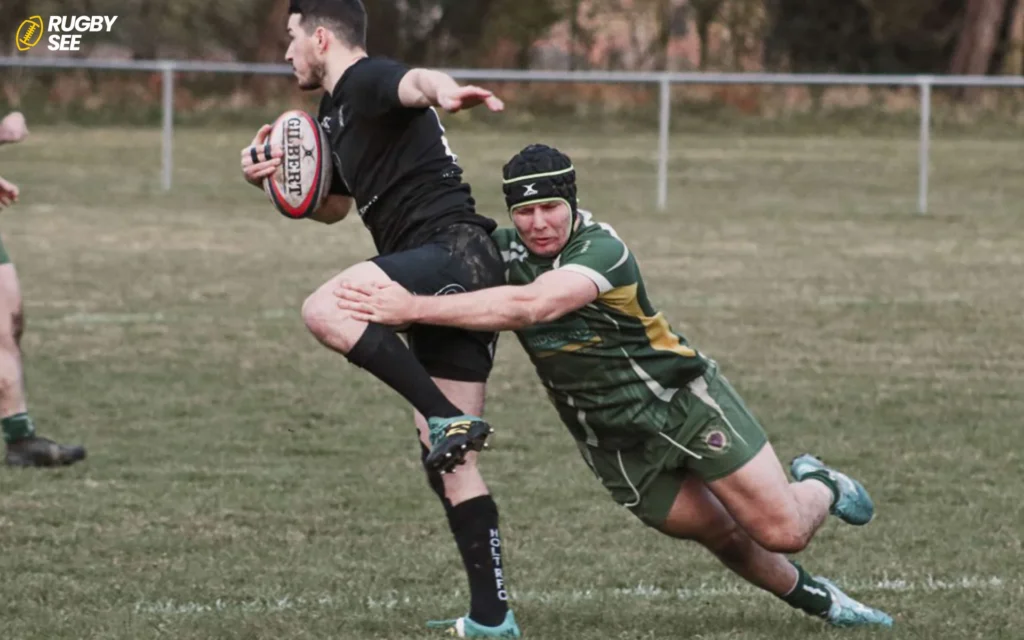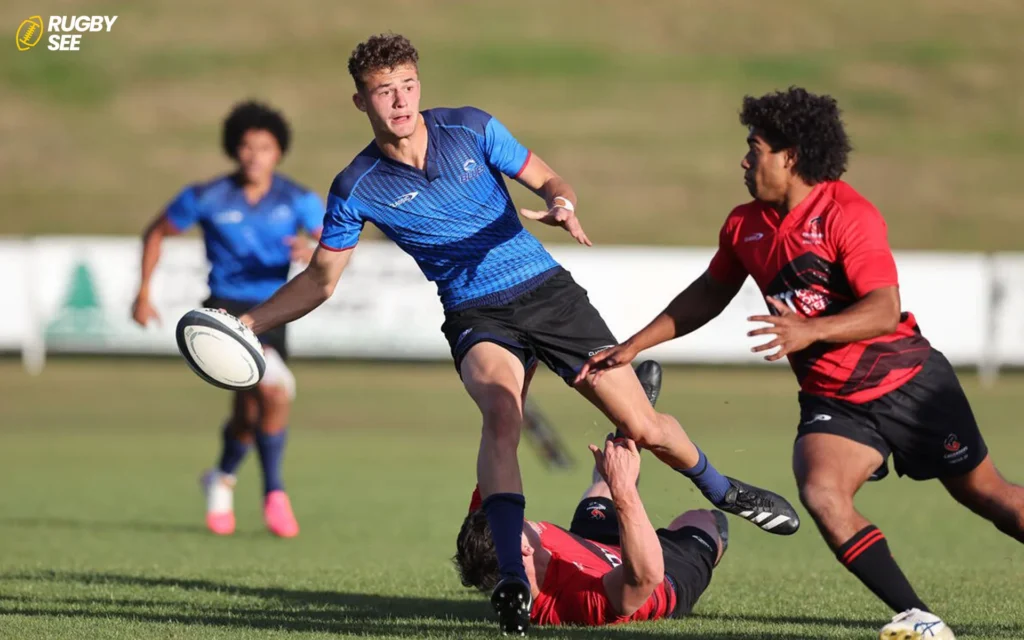Rugby, a game of intense physicality, strategy, and teamwork, is enjoyed worldwide. Among its many intricacies, the debate over which position holds the most significance on the field is a perennial topic of discussion among enthusiasts and experts. Each position carries unique responsibilities that contribute to the team’s success, but when it comes to determining the most important position, several factors come into play.
Understanding the Game of Rugby
Rugby is played between two teams, each consisting of fifteen players in rugby union or thirteen in rugby league. The objective is to score more points than the opposition through tries, conversions, penalty kicks, and drop goals. Rugby’s continuous play and physical demands require players to possess endurance, strength, and tactical awareness and if you want to know about the most fun positions in rugby read most fun position in rugby.
Key Positions in Rugby
To understand which position might be considered the most important, it’s essential to look at the roles of key positions:
- Prop: These are the powerhouses in the scrum, crucial for gaining possession in tight situations.
- Hooker: Positioned between the props in the scrum, the hooker plays a critical role in retrieving the ball during scrums.
- Scrum-Half: Acts as the link between the forwards and the backs. This position requires quick decision-making and excellent passing skills.
- Fly-Half: Often seen as the team’s chief tactician, the fly-half directs the game and makes strategic decisions.
- Fullback: Responsible for defensive duties, including catching high balls and making last-ditch tackles.
The Fly-Half: A Case for the Most Important Position
While arguments can be made for various positions, the fly-half is frequently considered the most crucial player on a rugby team. Here’s why:
- Strategic Control: The fly-half makes numerous split-second decisions that can change the game’s outcome. They choose whether to run, pass, or kick, depending on the situation.
- Game Management: This position involves not only executing plays but also reading the game and adjusting tactics as needed. The fly-half often decides when to attempt drop goals or place kicks to gain territorial advantage.
- Link Between Forwards and Backs: As the pivotal middle player, the fly-half ensures smooth transitions between the forwards and backs, distributing the ball effectively during offensive drives.

The Importance of Other Positions
While the fly-half plays a pivotal role, the significance of other positions cannot be underestimated:
- Props and Hooker: Without a strong scrum, a team struggles to maintain possession, making these positions crucial in the forward pack.
- Scrum-Half: This player’s ability to distribute the ball accurately and make tactical decisions under pressure is vital.
- Fullback: As the last line of defense, the fullback’s ability to prevent opposition tries can be game-changing.
Tactical and Team Dynamics
Rugby’s essence lies in its team dynamics. The importance of a particular position can vary depending on the team’s strategy, the coach’s philosophy, and the individual skills of the players. Teams may rely more on their forwards in wet, muddy conditions or on their backs in a fast-paced, dry game.
Rugby’s Changing Dynamics and Positional Impact
As rugby continues to evolve, the importance of adapting to changing game dynamics cannot be overstressed. Technological advancements and better training methods have significantly influenced how each position is played, making versatility a key trait for all players.
The Role of Physical Fitness and Skills
Physical fitness plays a critical role in determining a player’s effectiveness, regardless of their position. Speed, agility, and strength are prerequisites that allow players to perform their roles efficiently. Skill development, particularly in handling and tactical understanding, is equally crucial. This places a premium on continuous training and improvement, emphasizing that while certain positions might be pivotal, the overall fitness and skill levels of the team often determine success.

Psychological Aspects of Key Positions
The psychological pressure associated with certain positions can also influence their perceived importance. For instance, the fly-half, being centrally involved in tactical decision-making, often bears the brunt of pressure during critical moments such as penalty kicks or drop goals that can win games. Similarly, the fullback’s role in handling high-pressure situations, such as defending against oncoming attacks, adds to the mental demands of this position.
Leadership on the Field
Leadership is another aspect that transcends specific positions. While captains can come from any position, they often are players who have a significant impact on the game, such as the fly-half or the hooker. These players’ ability to inspire and lead by example is crucial in tight matches, highlighting how leadership qualities are integral to assessing a player’s importance.
Team Strategy and Game Plans
Different teams have different strengths, which can affect which positions are most valued. Some teams emphasize a forward-dominated game, focusing on physicality and control at the scrum and lineout. Others might prioritize a backline strategy, utilizing speed and tactical kicking to outmaneuver the opposition. This strategic diversity ensures that the “most important” position can vary widely depending on the team’s approach and the specific tactics employed in a game.
The Global Perspective
Globally, different rugby cultures may also see different positions as more crucial. For example, Southern Hemisphere teams, known for their fast-paced, expansive style of play, might place higher importance on the scrum-half and wingers. In contrast, Northern Hemisphere rugby often involves more tactical kicking and forward play, thus highlighting the importance of the fly-half and front row positions.

Adapting to Opponents and Conditions
Adaptability to opponents and playing conditions also plays a pivotal role. Teams must adjust their strategies and the roles of their positions depending on whether they play at home or away, under wet or dry conditions, and against various styles of opposition. This adaptability further complicates the debate over the most important position, as it underscores the need for all players to be capable of adjusting their play style as required.
Conclusion: A Holistic View of Importance
In conclusion, while the debate over the most important position in rugby is intriguing, it underscores a larger truth about the sport: every position has its unique challenges and contributions. Rugby’s inherent team-oriented nature means that success is rarely about individual brilliance but rather about how well players perform their roles and work together as a cohesive unit. The most important position, therefore, might just be a reflection of where a team’s strengths lie at any given moment, influenced by strategy, player skills, and the specific demands of each match and if you want to know about Fun positions in Rugby read most fun position in rugby.
Conclusively, while many argue that the fly-half is the most important position in rugby due to their role in game management and strategic execution, rugby remains a sport where every position has critical importance. The dynamics of a team and the conditions of play can shift the focus from one position to another, highlighting the beautiful complexity and collaborative nature of rugby. Ultimately, every player’s performance can significantly impact the game, making rugby a true team sport.










